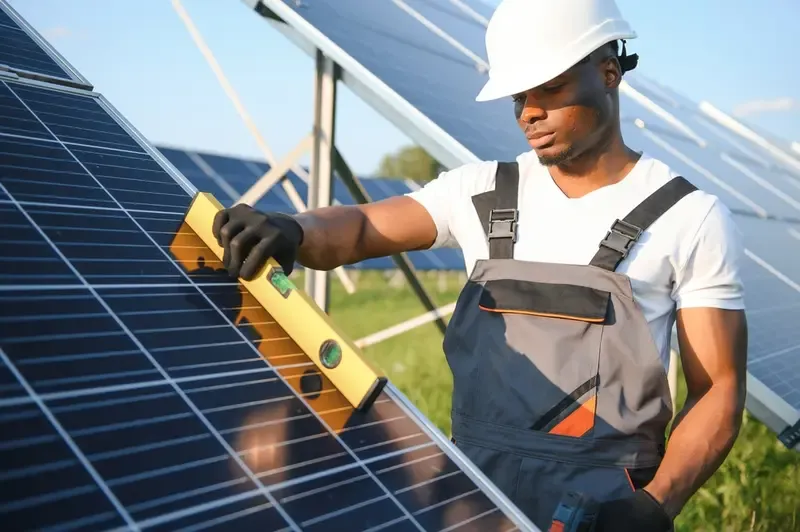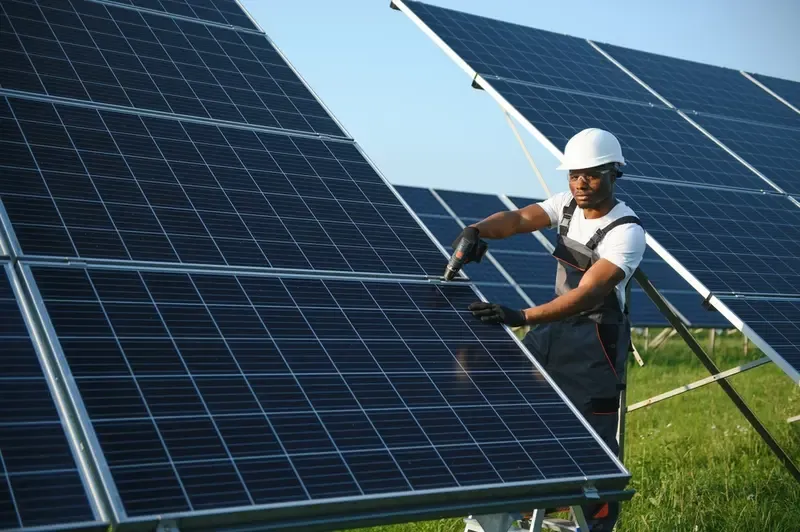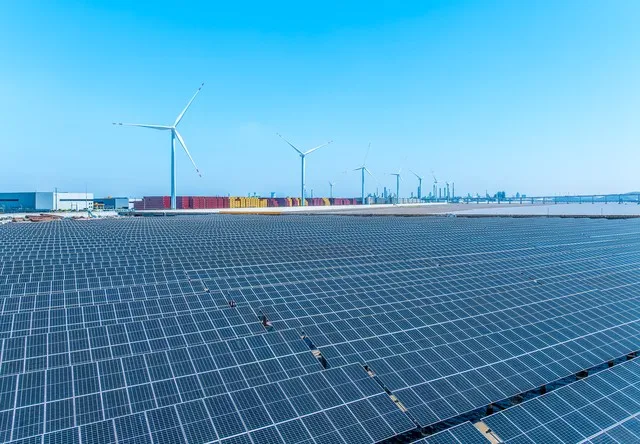Let’s get something straight: the idea of a solar container is fantastic. You deploy it, connect your gear, soak up the sun, and voilà—clean, transportable energy with no utility bill.
But at some point, reality elbows you in the ribs and asks:
Do solar containers require maintenance?
If you're asking this, you're not being paranoid. You're being smart. Because while solar systems are famously low-maintenance, they’re not 100% maintenance-free. And in off-grid, high-demand, or critical-use situations, even "low-maintenance" needs to be taken seriously.
So let’s unpack what kind of care a solar container really requires.
Why This Matters
Whether you’re a project manager in charge of a mobile clinic, a farmer running irrigation in a remote field, or a homeowner looking to go off-grid, system uptime is everything.
If your solar container fails, your fridge shuts off, your tools stop working, or worse—your communication links go down. So yes, understanding solar container maintenance is about much more than just wiping dust off the panels.
Question worth asking: Would you let your car run for 5 years without an oil change? Not on your life. So why would you hope that solar gear would run forever without a checkup?
The Short Answer: Yes, Solar Containers Do Require Maintenance—But Not Much
Unlike diesel generators, which require regular oil changes, fuel topping off, and part replacement, solar containers require very little maintenance.
But little does not mean none.
Here's what that looks like in practice.
Core Maintenance Activities for Solar Containers
1. Panel Cleaning and Inspection
Yes, dirty panels equal lower power. And no, rain is not always a solution.
- Dust, pollen, bird droppings, and pollution can lower panel efficiency by 5% to 30%
- In dry or sandy climates, cleaning monthly may be necessary
- In humid climates, watch for mold or leaf buildup
Tools required? A soft cloth, mild soap, and patience. No pressure washers, thank you.
Also: Check for cracks, weird burn marks, or hot spots. If something smells... don’t ignore it, especially after storms or hail.

2. Battery Health Checks
Most solar containers use LiFePO₄ batteries, which are super stable and long-lived—4000+ cycles, as a matter of fact. But not indefinitely.
What to check:
- State of charge:Are batteries frequently dropping too low?
- Temperature:Are they within safe ranges?
- Physical check:Look for swelling, rusting, or leakage (unusual but not impossible)
- Software diagnostics:All EMS systems have the capability to give you battery health data via app or web interface
Proper battery management is the secret to prolonged solar container operation.
3. EMS (Energy Management System) Updates
Solar containers with a smart EMS can control energy flow, power devices on/off depending on battery capacity, and even forecast usage patterns.
But like your phone, these systems will need the occasional software update.
If your EMS has remote access, great. Otherwise, you may need to have a tech hook up with a laptop annually.
Also: check alert settings twice.
4. Weatherproofing and Structural Integrity
Your solar box can be in the sun, but it also needs to deal with:
- Wind
- Rain
- Snow
- Rodents (they gnaw on wires)
- Corrosion over time
Periodic walk-arounds will identify rust spots, loose panel screws, or clogged vents before they become major.
Tip: Keep an eye out following extreme weather. Even a sturdy container can develop issues in a heatwave or cyclone.
5. Cable and Inverter Connections
Every few months, it's a good idea to open the electrical cabinet (with caution!) and check:
- Cable tightness
- No indication of visible damage or fraying
- No indication of overheating or burned plastic
- LED lights on inverter– green is acceptable; red is not
Don't ignore buzzing, humming, or unusual behavior (like the inverter to suddenly switch off).
A Real-World Case: Long-Term Deployment in Namibia
In 2022, one telco deployed 50+ solar containers in remote towers in Namibia. The systems were designed for 10 years of service with few site visits.
What worked:
- Quarterly visual site checks by local contractors
- Monthly remote monitoring of EMS (battery health, voltage stability)
- Panels scrubbed every 2 months during dry season
Outcome: Greater than 98.5% uptime for all units for 24 months.
Fuel savings over diesel generators: greater than $210,000 USD.
Maintenance? Yes. Hard? Not exactly.

What About Degradation over the Long Term?
Even with maintenance, no solar container lasts forever.
- Panels degrade at ~0.5%–8% per annum
- Batteries slowly lose capacity after 5+ years
- Inverters will need replacing after 10–15 years
- Structural components will corrode if not maintained
But the bright spot is that modern systems are modular. You can often replace batteries or upgrade EMS without having to install the whole unit.
Think of your solar container as a LEGO box—you can rebuild without having to start from scratch.
The “Low-Maintenance Myth” and Why It’s Dangrous
Bust a myth: just because solar is cleaner and simpler than diesel does not mean it is zero-maintenance.
If you install a solar container and let it sit for 3 years, sooner or later something will underperform or fail silently. And you'll find out in a bad timing.
That is not a system failure. That is a human failure: the illusion that "green" means "magical."
If you required your solar container to power an emergency shelter, keep a vaccine fridge running, or aid remote security devices…
Would you rather be 99% sure it works—or 100%?
A little maintenance makes a lot of difference.
And in the world of mobile energy, it's what turns a "cool solution" into a trusted power partner.

